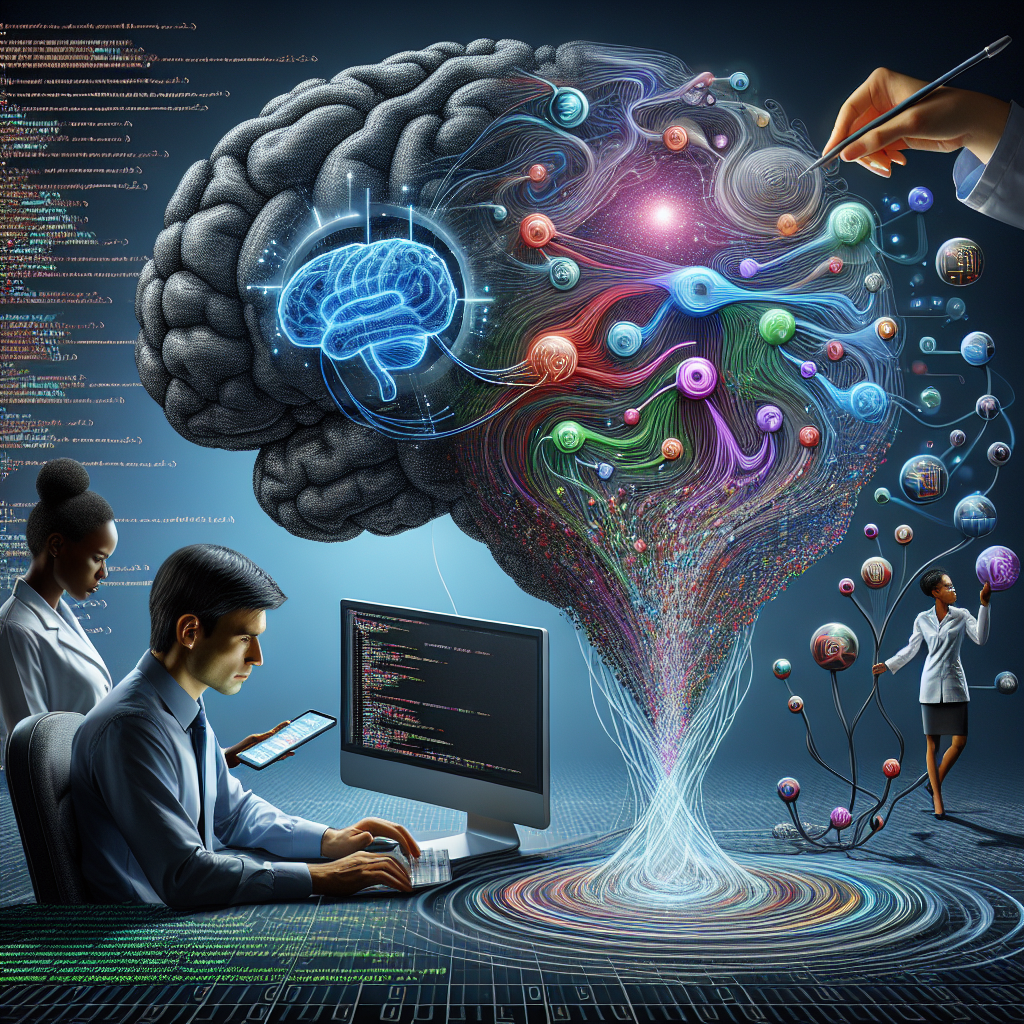October 9, 2024
Training LLMs with Multi-Agent Interaction: A New Frontier
Book a Demo
The field of artificial intelligence is continually evolving, with Large Language Models (LLMs) at the forefront of this transformation. A promising new approach involves training these models through interactions among multiple agents. This method not only enhances the capabilities of LLMs but also opens new avenues for richer language understanding. By simulating complex conversational scenarios, multi-agent systems provide a dynamic and diverse environment for LLMs to learn and adapt.
Methods of Multi-Agent Interaction in LLM Training
Multi-agent interaction involves the use of multiple autonomous agents that communicate and collaborate to achieve a common goal. In the context of LLM training, these agents can simulate complex conversational scenarios, providing diverse and dynamic data inputs. Techniques such as reinforcement learning and adversarial training are often employed to optimize these interactions. Reinforcement learning allows agents to learn from feedback and improve their performance over time, while adversarial training introduces competitive elements that challenge the LLM to refine its language processing abilities.
Benefits of Multi-Agent Interaction for Language Understanding
Training LLMs with multi-agent interaction offers several advantages. It allows models to learn from a broader range of linguistic contexts and perspectives, leading to improved language comprehension and generation. This approach also enhances the model’s ability to handle ambiguity and understand nuanced language, making it more effective in real-world applications. Additionally, multi-agent systems can facilitate the development of more robust conversational agents capable of maintaining context and coherence over extended interactions.
Challenges and Solutions in Implementing Multi-Agent Systems
Despite its potential, implementing multi-agent systems in LLM training presents challenges. These include managing the complexity of agent interactions and ensuring the scalability of the system. Solutions such as hierarchical agent structures and advanced coordination algorithms are being developed to address these issues. Hierarchical structures allow for better organization and management of agent interactions, while coordination algorithms ensure efficient communication and collaboration among agents.
Case Studies of Multi-Agent Interaction in LLMs
Several case studies highlight the success of multi-agent interaction in LLM training. For instance, models trained with this approach have demonstrated superior performance in tasks such as dialogue generation and language translation. These examples underscore the practical benefits and effectiveness of multi-agent systems. In one case, a multi-agent system was used to train an LLM for customer service applications, resulting in a model that could handle a wide range of queries with high accuracy and user satisfaction.
Future Directions and Innovations in Multi-Agent LLM Training
The future of multi-agent interaction in LLM training is promising, with ongoing research focusing on enhancing agent collaboration and communication. Innovations such as integrating emotional intelligence and ethical reasoning into agents are being explored to further improve language understanding and model performance. Researchers are also investigating the use of multi-agent systems for specialized applications, such as medical diagnosis and legal analysis, where nuanced language understanding is critical.
Training LLMs through multi-agent interaction represents a significant advancement in artificial intelligence. By leveraging the collaborative capabilities of multiple agents, this approach enhances language comprehension and opens new possibilities for AI applications. As research continues, the potential for multi-agent systems to transform LLM training and deployment remains vast. This frontier in AI not only promises to improve the capabilities of language models but also to broaden the scope of their applications in various domains.
Connect with our expert to explore the capabilities of our latest addition, AI4Mind Chatbot. It’s transforming the social media landscape, creating fresh possibilities for businesses to engage in real-time, meaningful conversations with their audience



